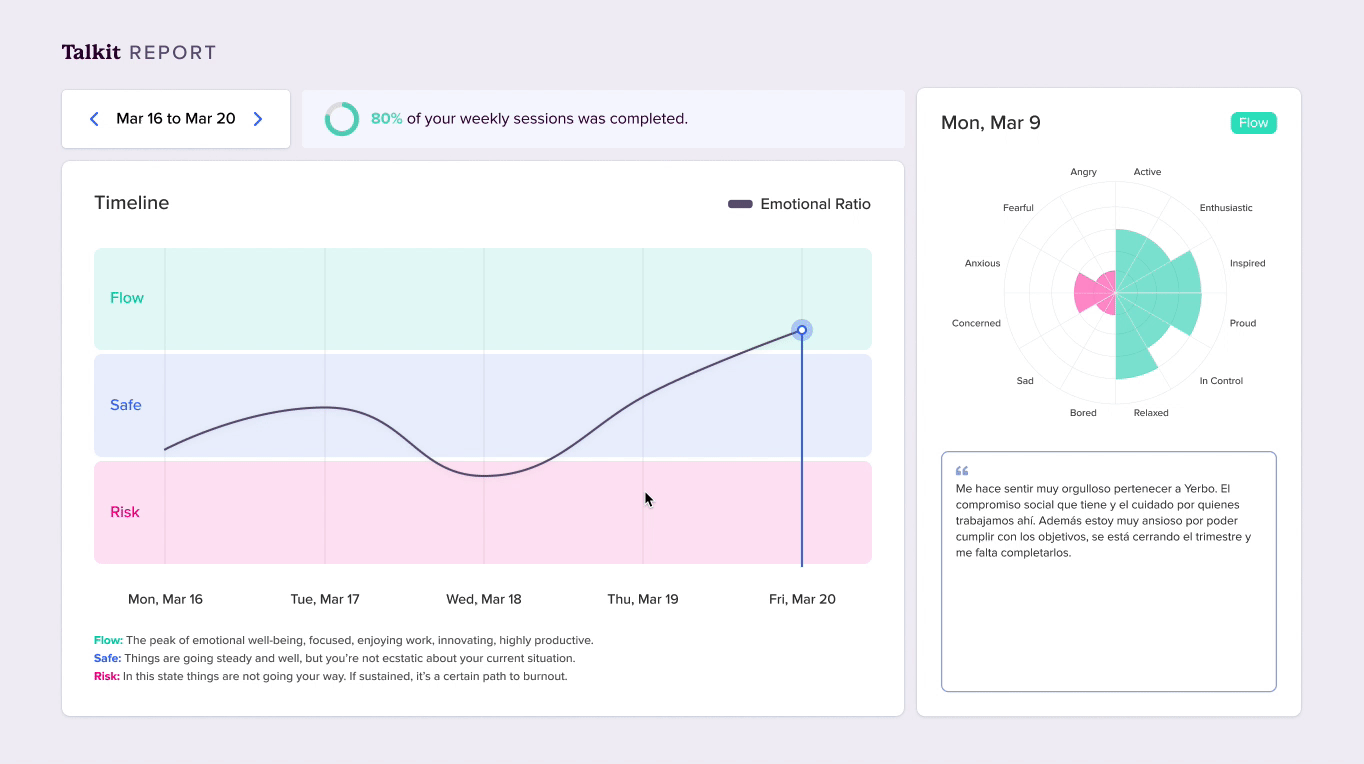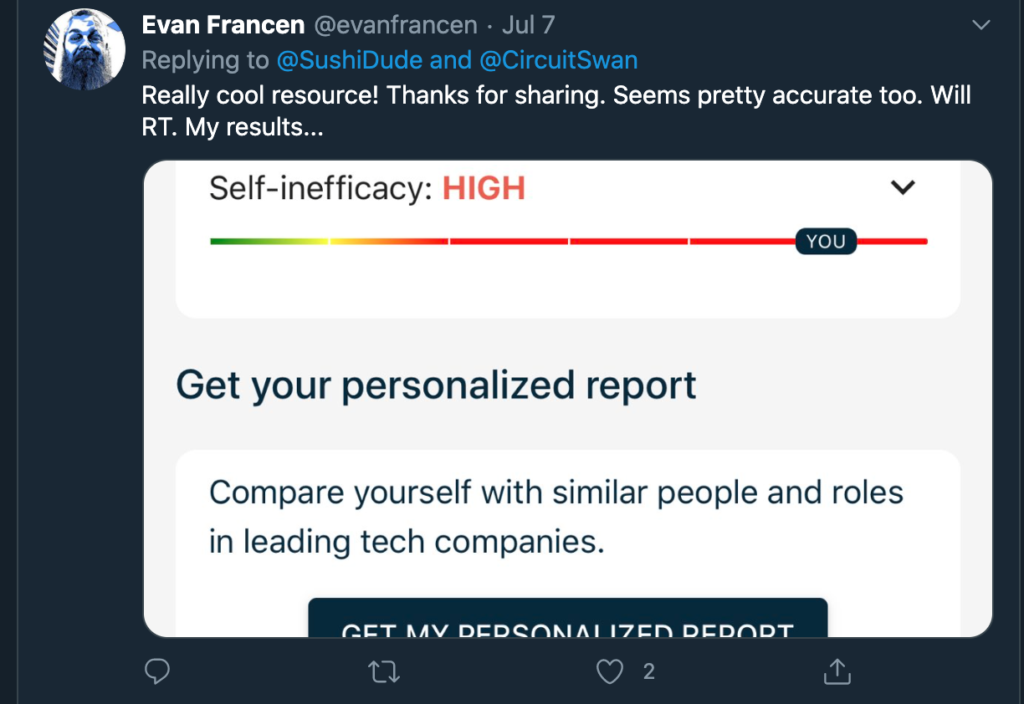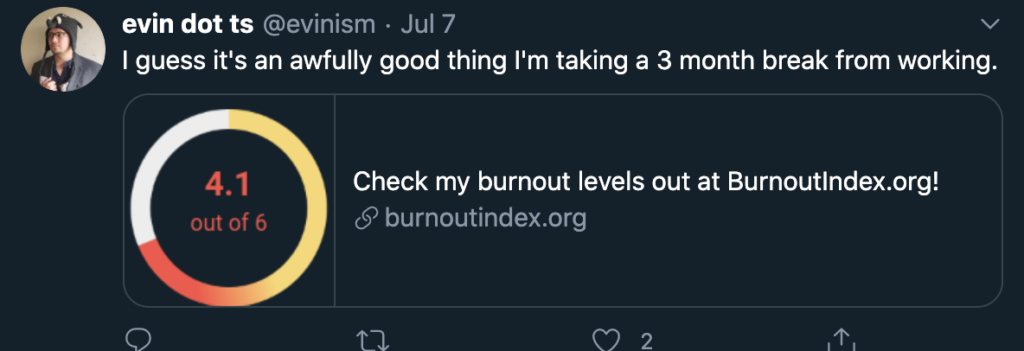Working in tech seems to be the dream, until it’s not.
While the concept of burnout is not new and the World Health Organization (WHO) recognized it as an official medical diagnosis, even in 2020 the mainstream-known signs and advice around it are insufficient or misleading.
Hint: Overwork isn’t the only cause of burnout. Ping pong tables and snack rooms aren’t going to fix the problem, but managers who really care about their teams could help prevent it.
According to the WHO, “burnout is a syndrome conceptualized as resulting from chronic workplace stress that has not been successfully managed.” Burnout isn’t simply a synonym for stress, it’s the result of deep, long-term stress that hasn’t been dealt with, either by the sufferer nor their employer.
While burnout is a part and parcel of almost every trade, the tech industry is quite unique because of its fast-moving environment with high expectations on all corners, and the focus on the technical side of work, sometimes leaving the human side way forgotten.
“Move fast and break things”
Many of today’s tech workers live by Facebook founder Mark Zuckerberg’s now-famous motto: “Move fast and break things”. The question that arises is: how to do this without also “breaking” people on the way?
It doesn’t matter how much you love your job, or how strong and committed you are: everyone has a breaking point. When that point is reached, that’s when burnout strikes.
The telltales of Burnout
Cynicism is the most present dimension in burnout
Within a work context, cynicism is a distant attitude that people adopt towards tasks and processes when it has been some time since they received any payoff as a response to their efforts.
This way, people feel like they are not adding value to their work or that work doesn’t add value to them. People start withholding their effort because work no longer gives them satisfaction nor pleasure. Their levels of quality and productivity drop in a causal spiral along with their levels of positive emotions.
Self-inefficacy
Emotional discomfort when the person has to perform tasks for which they feel they have no skills or knowledge.
Exhaustion
This one is a no-brainer. Personal exhaustion may be the first and perhaps most acknowledged symptom of burnout.
Depersonalization
It’s the distant attitude that a person can take towards coworkers and other people (i.e. clients, vendors, authority figures, collaborators, etc.) when they (or some of them) can be the root source of their emotional wear.

“Nearly five years ago, while managing a team at my former job, I was overworked, unsupported, unheard, undervalued, and got burnout. The hardest thing was I couldn’t talk openly about how I was feeling. First came the feeling that my work wasn’t being appreciated or that it even mattered, later the constant worry that I couldn’t do anything right, besides my team was performing well. I found myself working at home ‘till 2 am and crying more nights than I could count on. I started to be rude to others when they asked for a new task or iteration. Then I stopped caring, I used to love my job but that love just vanished after a while. Finally, my body gave me a hard stop, I had to quit because the following months I could barely leave my bed and eat, feeling nothing; sometime after that, I learned that burnout leads to depression”
Anonymous
If not addressed, burnout can lead to additional health issues, including insomnia, depression, substance abuse, and coronary heart disease.
How can we prevent Burnout?
Work doesn’t have to turn you into a ball of stress that weakens our immune system. Change begins from within, in every individual, and those at the top of every team and organization.
Evidence suggests that people with high levels of emotional competitiveness are more likely to maintain mental well-being under difficult circumstances.

Emotional competitiveness requires a balance between the emotional “feeling brain” and the rational “thinking brain.” The way that we think and feel are intertwined. This is because the thinking brain (where we develop our rational thoughts) and the feeling brain (the birthplace of our emotions) are linked. They are connected by strong neuronal pathways.
The importance of the connections between our two brains is the thinking brain’s role in correcting the workings of the feeling brain, a process essential for emotional self-regulation.
Emotional self-regulation works in the following way: stimuli will often send your emotional brain into overdrive. The feeling brain will automatically perceive the stimulus as a threat, and it will respond by putting your body into a state of alert. We use our thinking brains to help regulate this process.
To enhance the process of self-regulation you can use self-awareness in the form of inner dialogues. This will assist you in identifying and naming your feelings and, in a way, you could use your internal data to detect key patterns that are affecting you the most.
To do this, you could enlist the help of tools like Talkit to keep track of your burnout risk and emotions and be to change your situation before it’s too late.

Fortunately, talking about one’s emotions at work is not taboo anymore. “Leaving your feelings at the door” is simply not an option, we are a whole, feelings and all.
If you find yourself managing a team, before any other managing tip, remember this: prioritize their mental well-being, their happiness, and provide them with the correct tools to handle it. Request a Talkit demo for your team.






